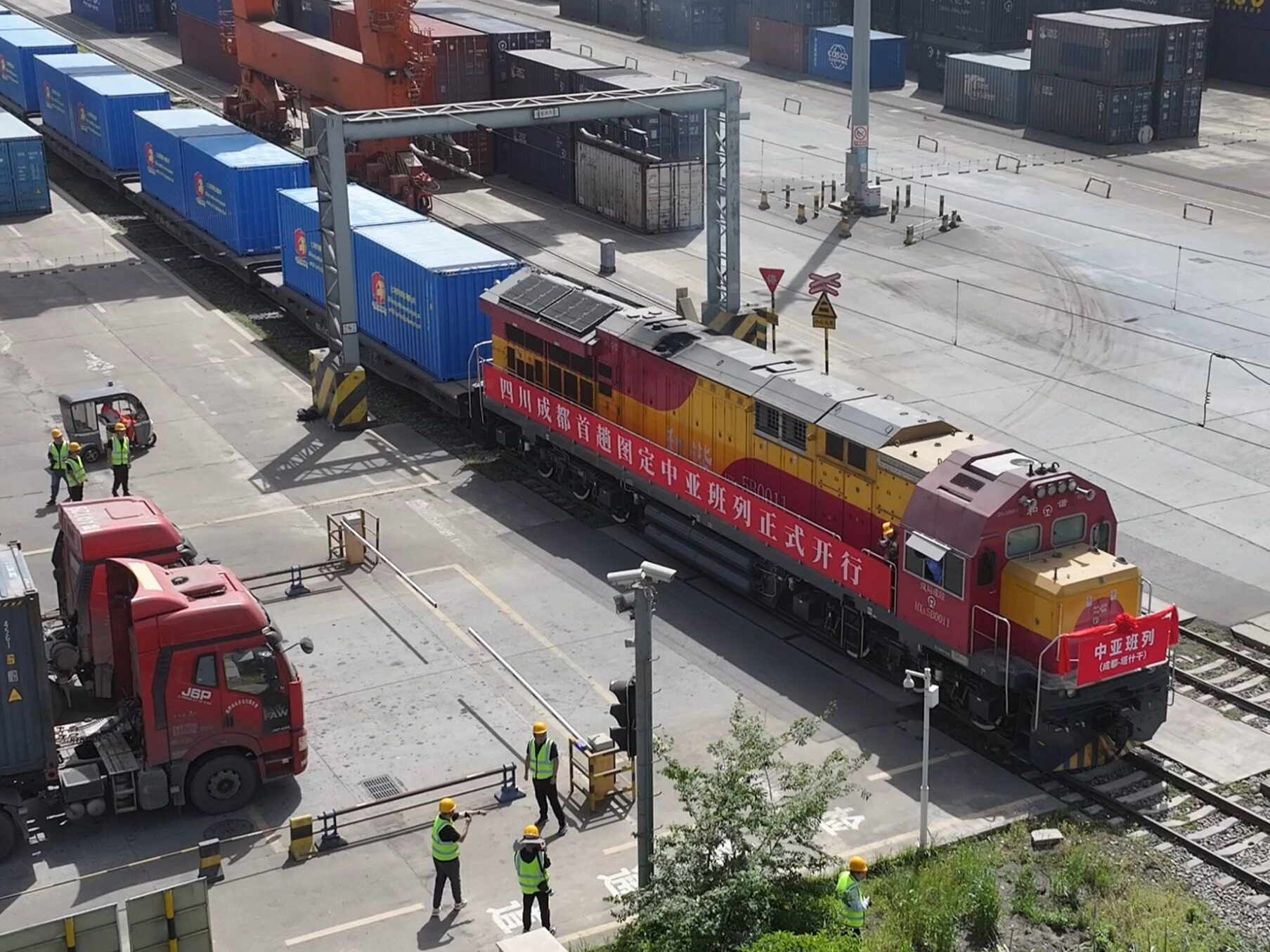- The Addis Ababa-Djibouti Railway is the first railway constructed by Chinese enterprises overseas to go global
- The Addis Ababa-Djibouti Railway reflects the extraordinary strength of Chinese enterprises and also demonstrates the tremendous progress of China's railway industry to the world

In 1965, CREEC participated in the construction of Tanzania-Zambia Railway, one of the largest complete foreign aid projects in China’s diplomatic history. The company sent a survey and design team to Tanzania and Zambia to carry out a comprehensive field survey, which kicked off China railway’s journey of going global.
The Tanzania-Zambia Railway traverses the East African Plateau and crosses the Rift Valley. The older generation of CREEC experts overcame various difficulties amidst the mountains, thornbushes, and rampaging diseases in Tanzania and Zambia, and completed a detailed survey report in December 1969, laying a solid foundation for railway construction.
Moving into the 21st century, CREEC participated in the construction of the Addis Ababa-Djibouti Railway, the “Tanzania-Zambia Railway in the new era”, as the primary planning and design enterprise at the invitation of the Ethiopian government. In a country without self-defined railway construction standards, the first step to advance the construction of the electrified railway primarily designed and constructed by Chinese enterprises is to promote the adoption of Chinese standards, a step that is nevertheless far from easy.
As early as 2009, CREEC had already begun to contact the Ethiopian government to explain the progressiveness and rationality of Chinese standards and the related technologies, and negotiate their adoption.
Railway survey and design begins with surveying and mapping, which is also the first step to showcase the advantages of Chinese standards. When Lu Jiankang, chief engineer of the Engineering Surveying and Mapping Design & Research Institute of CREEC, first brought his team to Ethiopia, the only data available were left from the 1950s, not to mention the scarce quantity and low accuracy. By referencing Chinese standardsand using China’s satellite positioning technology, aerospace remote sensing technology, etc., Lu’s team successfully helped the locals establish a basic railway control network.
In June 2010, related Ethiopian personnel were invited to China and experienced the comfort, safety, and reliability of Chinese trains. After two months of arduous negotiation, the Addis Ababa-Djibouti Railway construction contract was officially signed in August 2010, specifying that Chinese standards are to be adopted in the construction.
Apart from referencing Chinas railway technical standards, we also took into consideration the national circumstances of Ethiopia and Djibouti and adopted the most economical engineering scheme for the design and construction of Addis Ababa-Djibouti Railway, said Zeng Deli, manager of the Addis Ababa-Djibouti Railway project. For example, in response to the difficulty in power supply in Djibouti, the company proposed a section repeater power supply mode in the design scheme, with OCS as the main power source and diesel generator as the standby, which greatly relieved the power grid operation pressure; in response to the special geological conditions of Addis Ababa-Djibouti Railway, especially how it obliquely crosses the 100km volcanic landform and fault zone tensile cracks of East Africa’s Great Rift Valley, the design specially proposed bypass and landfill schemes to ensure safety along the line.

In addition, since Addis Ababa-Djibouti Railway traverses Awash National Park, the CREEC team conducted thorough surveys to makes designs that protect the local ecological environment. The designs minimized topographic changes along the railway and allowed wild animals to migrate freely with methods such as animal overpasses.
Since the projects establishment in September 2010, CREEC has sent more than 1,700 staff members to Ethiopia to perform various tasks.
The railway was open to traffic on October 5, 2016. The project took only six years from planning to completion, a truly remarkable speed even by Chinese standards, said Zeng Deli.
Addis Ababa-Djibouti Railway is the first railway built by Chinese enterprises overseas to take the entire industrial chain from China to the world. In other words, Chinese enterprises were responsible for all links of the project, including financing, design, construction, equipment and materials, and operation after being open to traffic, which reflects the extraordinary competence of Chinese enterprises and also the great progress of China’s railway industry..Editor/GaoLiMei
Comment
 Praise
Praise
 Collect
Collect
 Comment
Comment
 Search
Search














Write something~